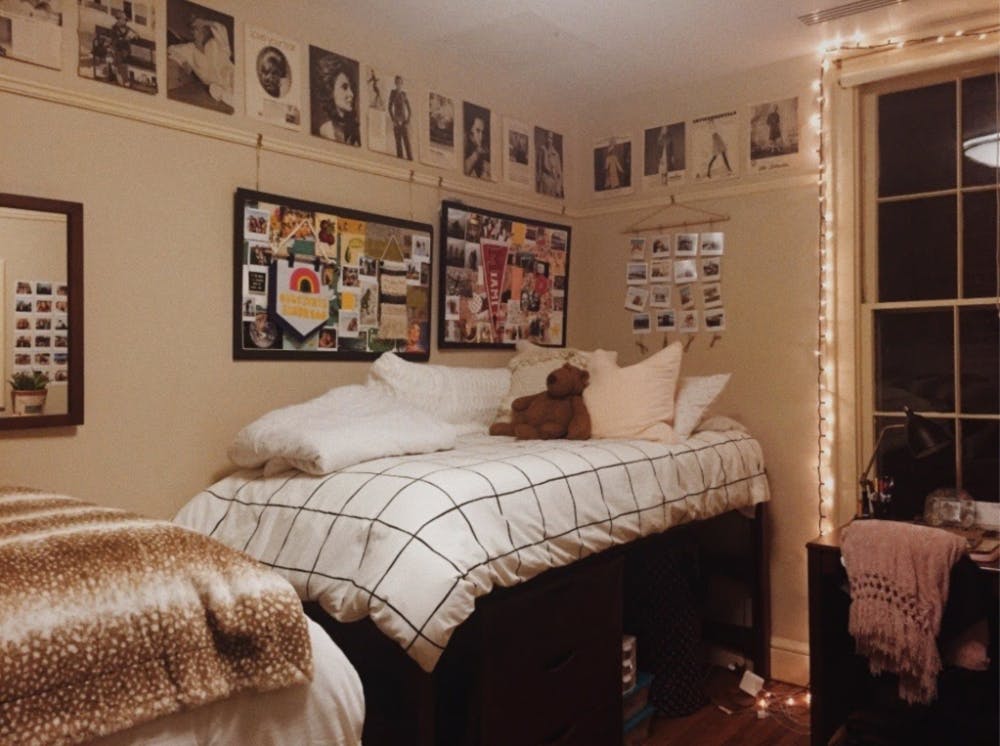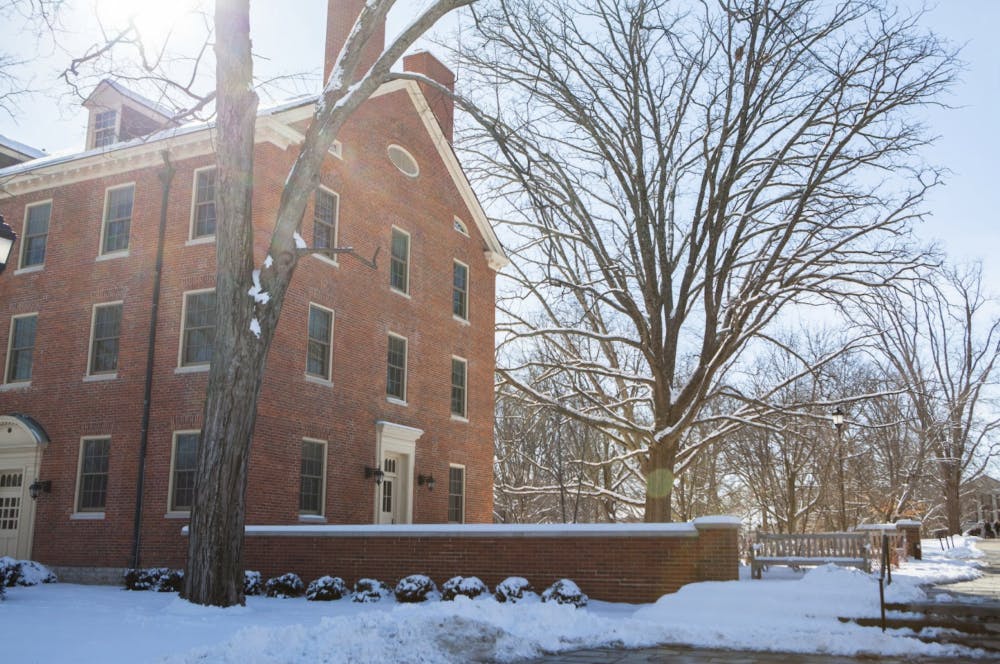Part 1: Introduction and Thoughts
BY: SYDNEY RUSHING
Co-living/Co-housing has become an increasingly popular typology in architecture recently. It is characterized by communal housing where major common spaces are shared such as kitchen, family, and sometimes bathrooms and bedrooms being private spaces. This model prioritizes community building, and it is affordable, flexible, more sustainable, and often includes amenities that single family homes do not. However, co-living is more conducive to nomad lifestyles of young single professionals who have the mobility, means, and desire to participate.
My personal living experience in college has been marked by a clear ascendance of housing type. I spent two years in a dorm (the first being the furthest dorm on campus, Peabody Hall, and the second in the heart of campus on Central Quad). Then, my junior year was spent in a two-bedroom apartment (let’s keep in mind this was also a year of remote learning and far more time spent at a desk in my bedroom than is advisable). And finally, my senior year is currently being spent in a small house with four other girls. Dorm, Apartment, House. No one year like the next and each year spent with a different roommate too.

Many big senior thoughts have been running through my mind and I can’t help but wonder what next year might look like. Where and who will I live with in my twenties post-college? And what will my future beyond that look like? The American dream, it seems, values space and independence and for a nuclear family a single family home offers them just that. I was raised in a suburb of Chicago, with my two parents and two sisters all under one roof.
Still, I wonder if the single-family home is conducive to an irregular family structure. What about my friend whose parents got divorced in second grade? How does a single family home work for a single parent living alone in a big and mostly empty house? For one, this can be a highly unsustainable way to live, in terms of unused space, price, and the little value this housing situation offers. When you can get everything you need in terms of connection from within the single family home, it functions well. When this is no longer feasible, kids move out, a parent passes away, siblings don’t get along, parents grow apart, etc., the single family home enables isolation and fails to provide healthy options for connection.
Finally, the common thread present between co-housing/co-living and college housing is community. It is interesting to think that young people spend their 20’s learning to co-habitat with friends and strangers in dorm buildings and off campus apartments and houses only to eventually move into a single family home away from people they spent years learning to live with. I think college living might offer a more fulfilling and sustainable model for how we might live, not only as young people, but as adults too which I hope to explore further in this series.




